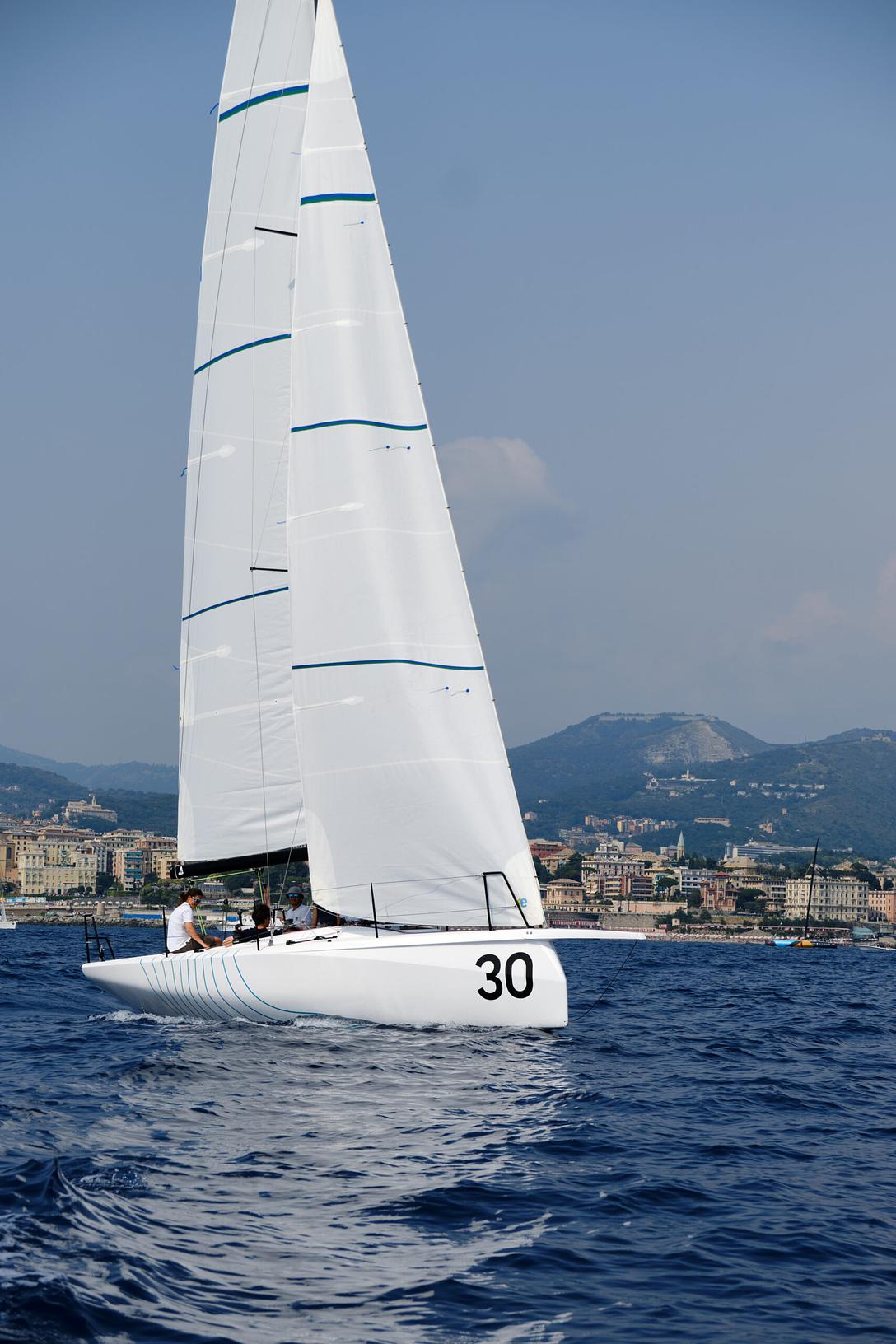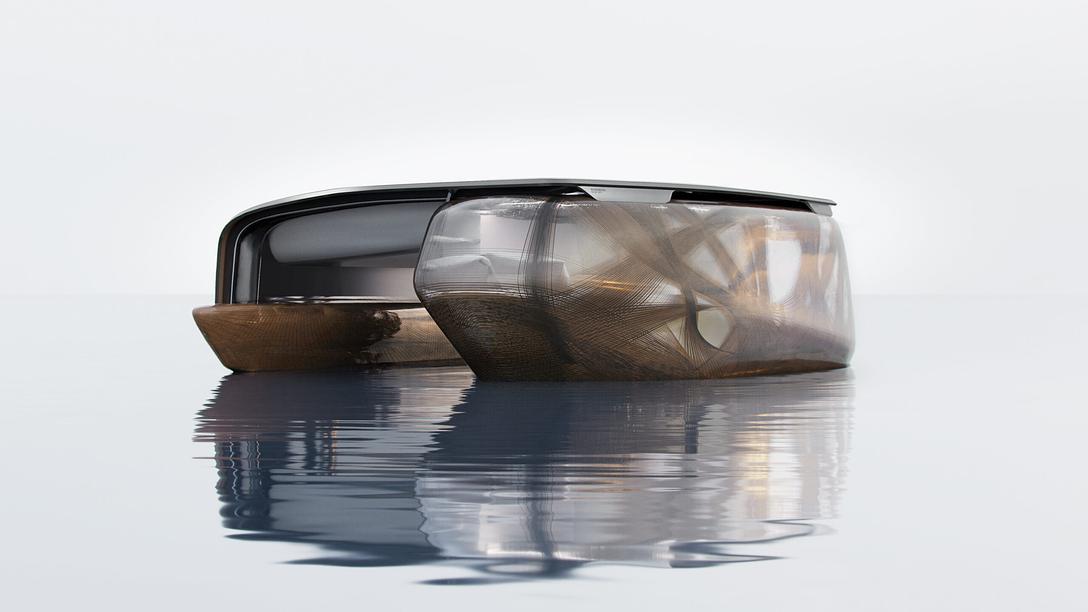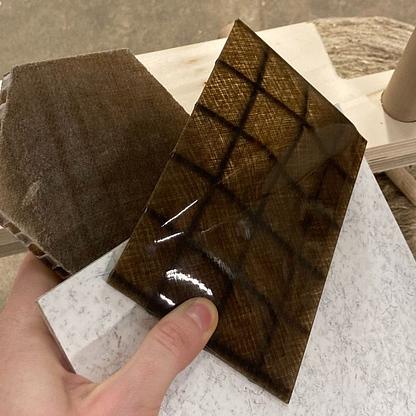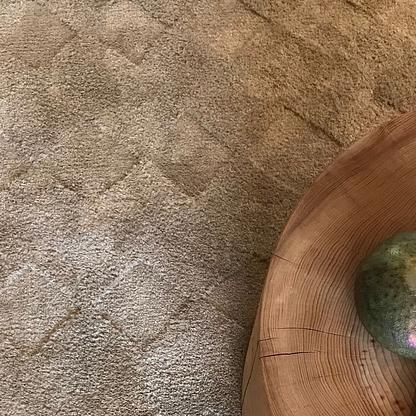A life on the ocean waves with flax technical innovations
12 February 2024
- Linen
- Tech
The adoption of composite parts based on flax fibres by the Marine Industry continues to grow, with major OEMs as well as smaller shipyards now aiming to take advantage of the reduced carbon impact and impressive mechanical properties they can provide.








